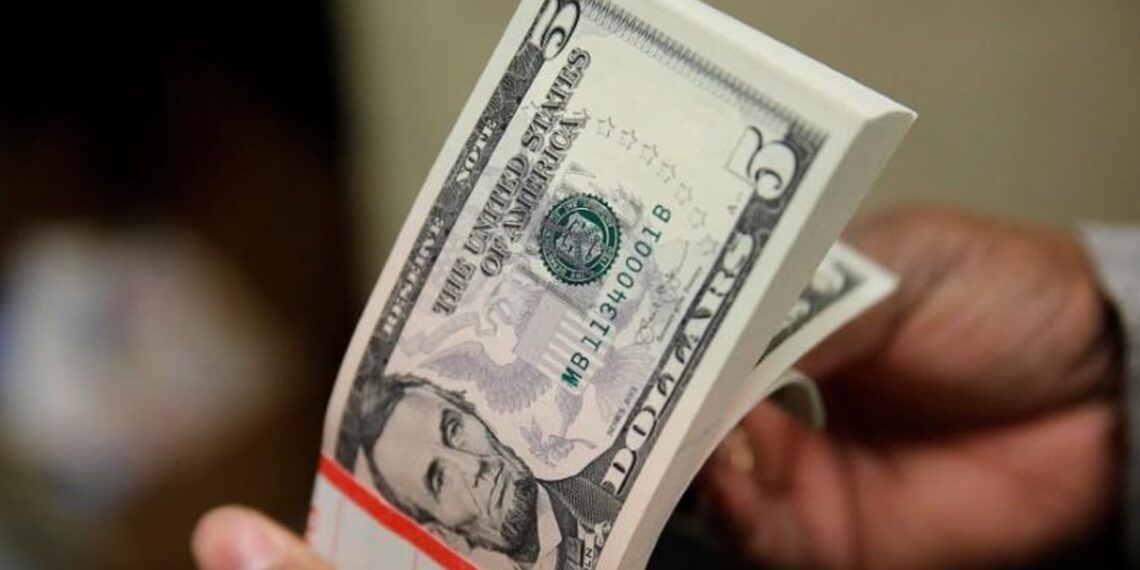Remittances by Nigerian in diaspora is estimated to reach $20.5 billion this end of this year.
This will amount to the highest in four years, according to a new report by the World Bank.
In its latest Migration and Development Brief report, remittance flow to Africa’s biggest economy grew by an estimated two percent in 2023 from $20.1 billion last year.
“Nigeria, the largest remittance recipient country in Sub-Saharan Africa, is expected to receive more than $20 billion in official remittances by the end of 2023, a slight increase compared with the previous year,” the report said.
It said the slowed growth in remittances observed in 2023 relative to 2022 is explained by the slow pace of growth in high-income economies where many Sub-Saharan African migrants earn their income.
“Pakistan, Bangladesh, Sri Lanka, and Nigeria have offered a small payment, either a fixed amount or a percentage (for large transactions), to intermediary banks to offset money transfer costs paid by remitters,” it added.
According to the multilateral lender, the Central Bank of Nigeria’s interventions in the foreign exchange market led to an increasing divergence of the parallel and official exchange rates until the liberalisation programme in June 2023.
“However, resistance to the increasing pressure on the naira coupled with the limited supply of foreign exchange at the official window has led to the reemergence of the parallel market premium. It is likely that the substantial parallel market premium has significantly diverted remittances to unofficial channels,” it added.
The report revealed that remittance flows to Sub-Saharan Africa are expected to have increased by about 1.9 percent in 2023 to $54 billion, driven by strong remittance growth in Mozambique (48.5 percent), Rwanda (16.8 percent), and Ethiopia (16 percent).
Remittances to Nigeria, accounting for 38 percent of remittance flows to the region, grew by about 2 percent, while two other major recipients, Ghana and Kenya, posted estimated gains of 5.6 percent and 3.8 percent, respectively.
Fixed exchange rates and capital controls are diverting remittances to the region from official to unofficial channels, according to the authors of the report.
The top five remittance recipient countries in 2023 are India ($125 billion), Mexico ($67 billion), China ($50 billion), the Philippines ($40 billion), and Egypt ($24 billion).
The World Bank projects that the pace of remittance flows to Sub-Saharan Africa is expected to rise to 2.5 percent in 2024, up from a 1.9 percent increase in 2023. The expected rebound is driven by a 3 percent increase in remittances to Nigeria, the largest recipient in the region.
“The likelihood of further adverse international developments persisting into 2024 is high, and the deterioration in food affordability and financing conditions across African states indicates the need for financial support,” it said.






